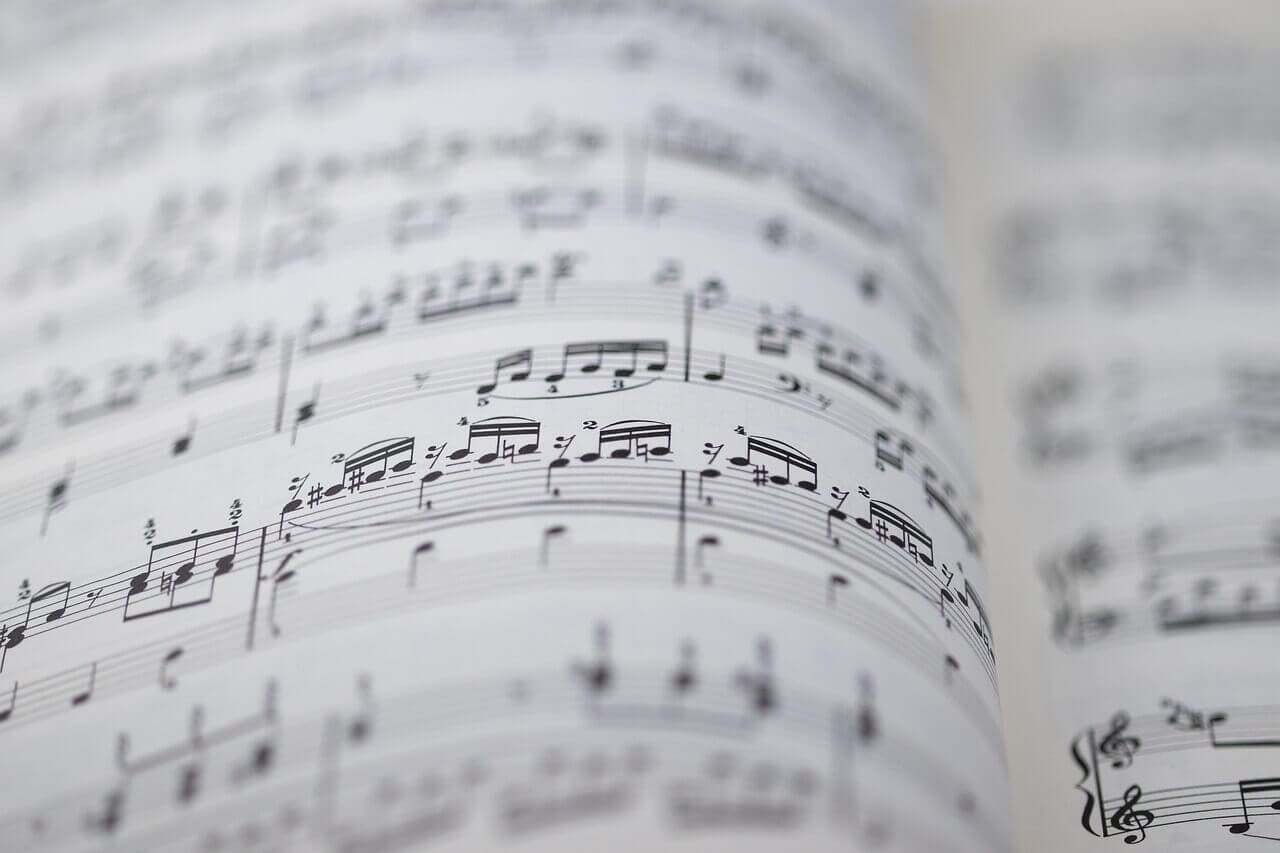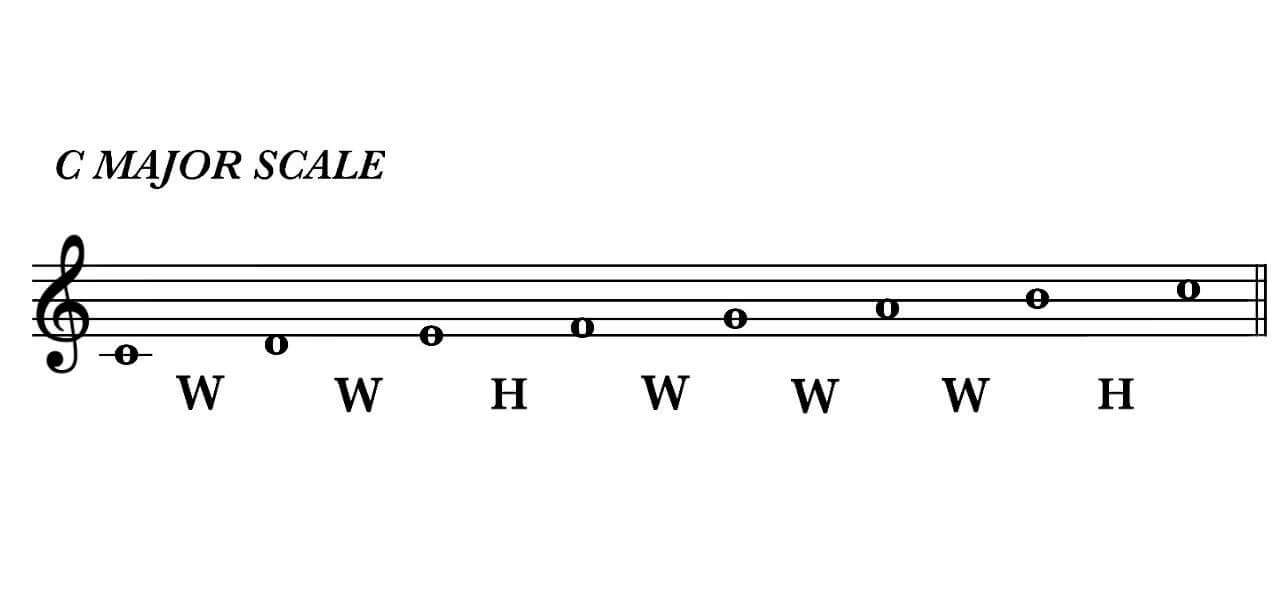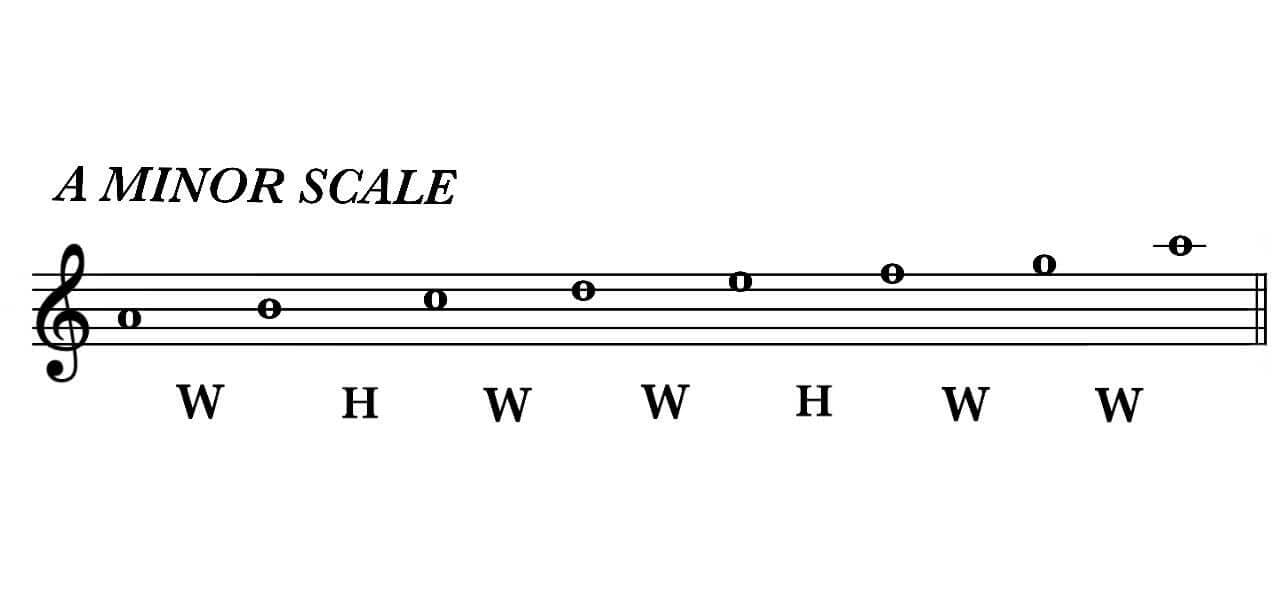
A Beginner's Guide to Major and Minor Scales
Major and minor scales are the very foundation of music. So, regardless of your preferred music genre, understanding these scales is essential for comprehending and creating music.
A major scale is a sequence of notes with a specific pattern of whole and half steps. This pattern follows: Whole, Whole, Half, Whole, Whole, Whole, Half (W-W-H-W-W-W-H). For example, applying this pattern to the note C, we get the C Major Scale: C, D, E, F, G, A, B, C.

Major scales are often associated with "happy" and "bright" sounds, making them ideal for crafting upbeat and energetic music. They are extensively used in pop, rock, classical, and many other music genres.
Conversely, the minor scale, associated with sad or introspective moods, follows a different pattern of whole and half steps: Whole, Half, Whole, Whole, Half, Whole, Whole (W-H-W-W-H-W-W). Using the note A as a starting point, the A Minor Scale consists of the notes: A, B, C, D, E, F, G, A.

Minor scales lend themselves well to genres that thrive on emotional depth, such as blues, metal, and some types of classical music.
Every major and minor scale corresponds to a key signature, which tells us which notes are sharp or flat within the scale. Knowing the key signature can help musicians quickly identify the notes that belong to a song's underlying scale.
While recognizing and playing these scales on your instrument is a great starting point, their true power is realized when you use these scales to create melodies, harmonies, and full-fledged songs. The major and minor scales form the basis of many chord progressions in music and are extensively used for improvisation in genres like jazz and blues.
Start Slow and Steady: When you first start to practice scales, make sure you're playing each note correctly and in time, even if this means playing slowly.
Use a Metronome: Practicing the scales with a metronome can help you keep time and build a solid foundation.
Practice Regularly: Regular, consistent practice is key to mastering scales. Make scales a part of your daily practice routine.
Major and Minor Scales Cheat Sheet
| Major Scale | Major Key Signature | Major Scale Notes | Relative Minor Scale | Minor Scale Notes |
|---|---|---|---|---|
| C | No sharps or flats | C, D, E, F, G, A, B, C | A | A, B, C, D, E, F, G, A |
| G | F# | G, A, B, C, D, E, F#, G | E | E, F#, G, A, B, C, D, E |
| D | F#, C# | D, E, F#, G, A, B, C#, D | B | B, C#, D, E, F#, G, A, B |
| A | F#, C#, G# | A, B, C#, D, E, F#, G#, A | F# | F#, G#, A, B, C#, D, E, F# |
| E | F#, C#, G#, D# | E, F#, G#, A, B, C#, D#, E | C# | C#, D#, E, F#, G#, A, B, C# |
| B | F#, C#, G#, D#, A# | B, C#, D#, E, F#, G#, A#, B | G# | G#, A#, B, C#, D#, E, F#, G# |
| F# | F#, C#, G#, D#, A#, E# | F#, G#, A#, B, C#, D#, E#, F# | D# | D#, E#, F#, G#, A#, B, C#, D# |
| C# | F#, C#, G#, D#, A#, E#, B# | C#, D#, E#, F#, G#, A#, B#, C# | A# | A#, B#, C#, D#, E#, F#, G#, A# |
| F | Bb | F, G, A, Bb, C, D, E, F | D | D, E, F, G, A, Bb, C, D |
| Bb | Bb, Eb | Bb, C, D, Eb, F, G, A, Bb | G | G, A, Bb, C, D, Eb, F, G |
| Eb | Bb, Eb, Ab | Eb, F, G, Ab, Bb, C, D, Eb | C | C, D, Eb, F, G, Ab, Bb, C |
| Ab | Bb, Eb, Ab, Db | Ab, Bb, C, Db, Eb, F, G, Ab | F | F, G, Ab, Bb, C, Db, Eb, F |
How to Identify Major and Minor Scales?
Look at the pattern of whole and half steps, and also consider how they sound. Major scales have a brighter, happy sound and follow the pattern W-W-H-W-W-W-H. Minor scales have a more somber, emotional sound and follow the pattern W-H-W-W-H-W-W.
How to Remember Major and Minor Scales?
Try to memorize the pattern of whole and half steps unique to major and minor scales. Practice these scales regularly on your instrument to make them second nature. Start with C Major and A Minor scales as they do not have any sharps or flats. Gradually, you can move on to other scales. Apps or flashcards, such as our cheat sheet above, can also be useful tools for memorization.
How Do Major Scales Typically Sound to Our Ears?
Major scales are often perceived as bright, happy, or joyful. This is due to the specific arrangement of whole and half steps, which creates a series of harmonic intervals that are pleasing to the human ear.
How Many Major and Minor Scales Are There?
There are 12 unique major scales and 12 unique minor scales, one for each note in the chromatic scale (A, A#/Bb, B, C, C#/Db, D, D#/Eb, E, F, F#/Gb, G, G#/Ab). However, each of these can be transposed into different octaves, providing near limitless possibilities for playing them.